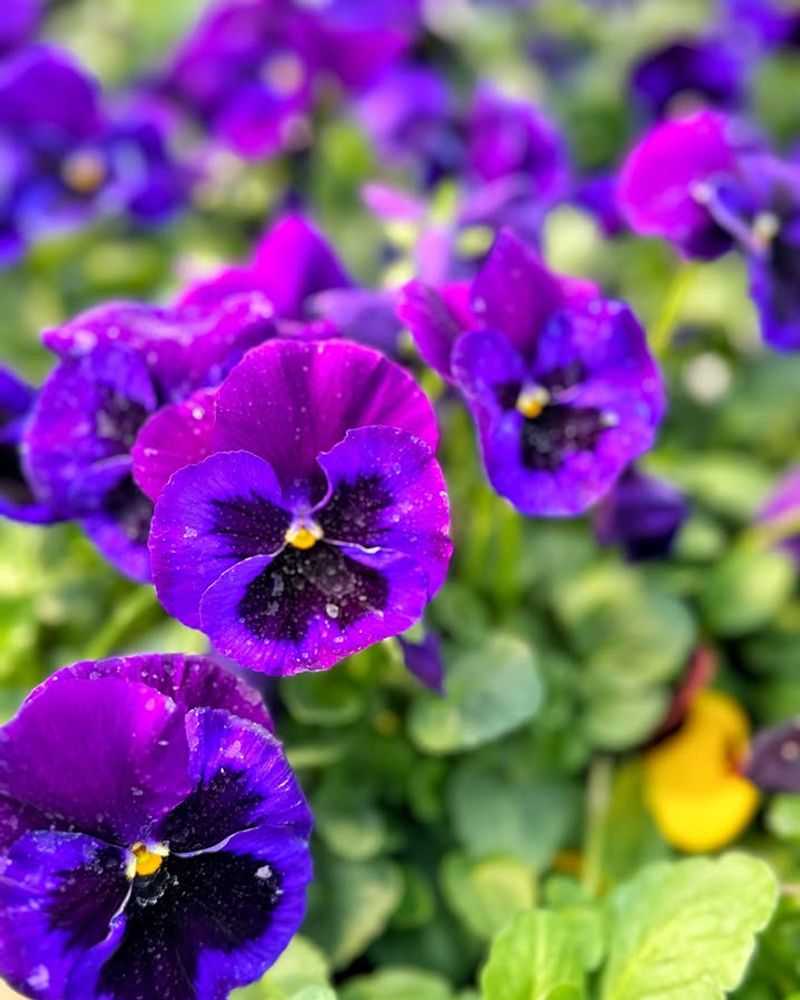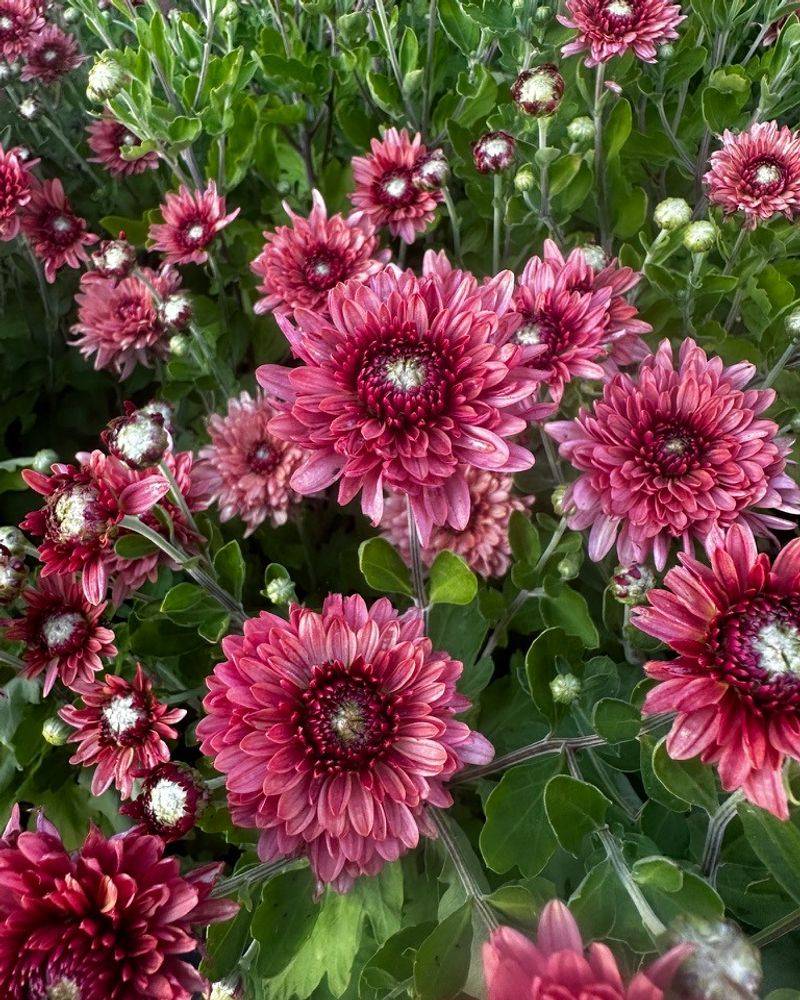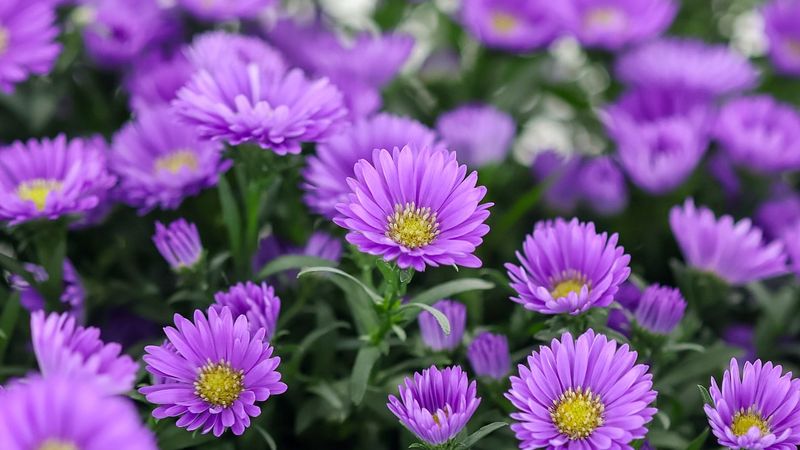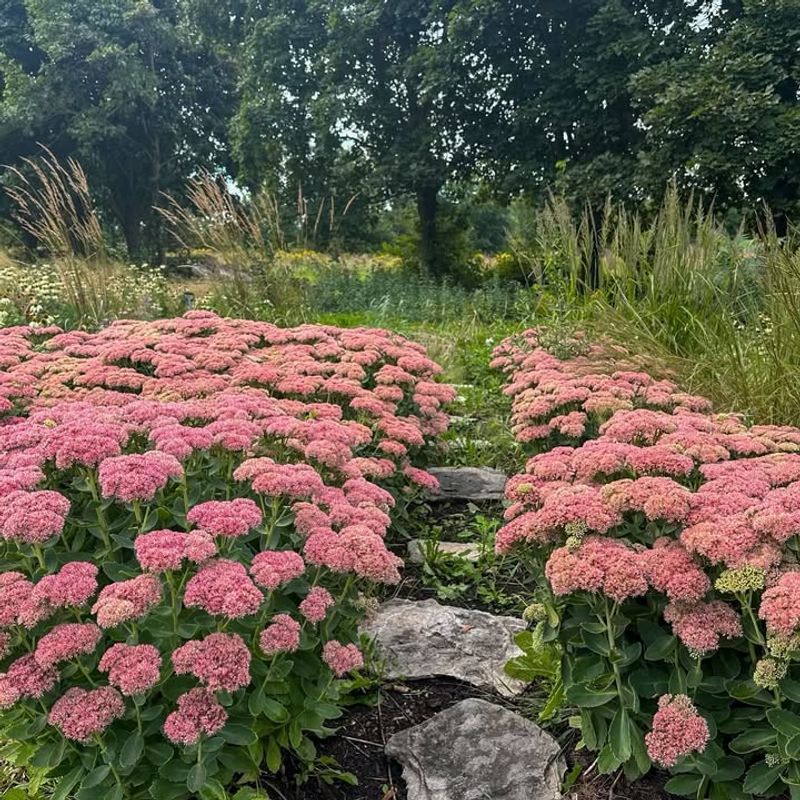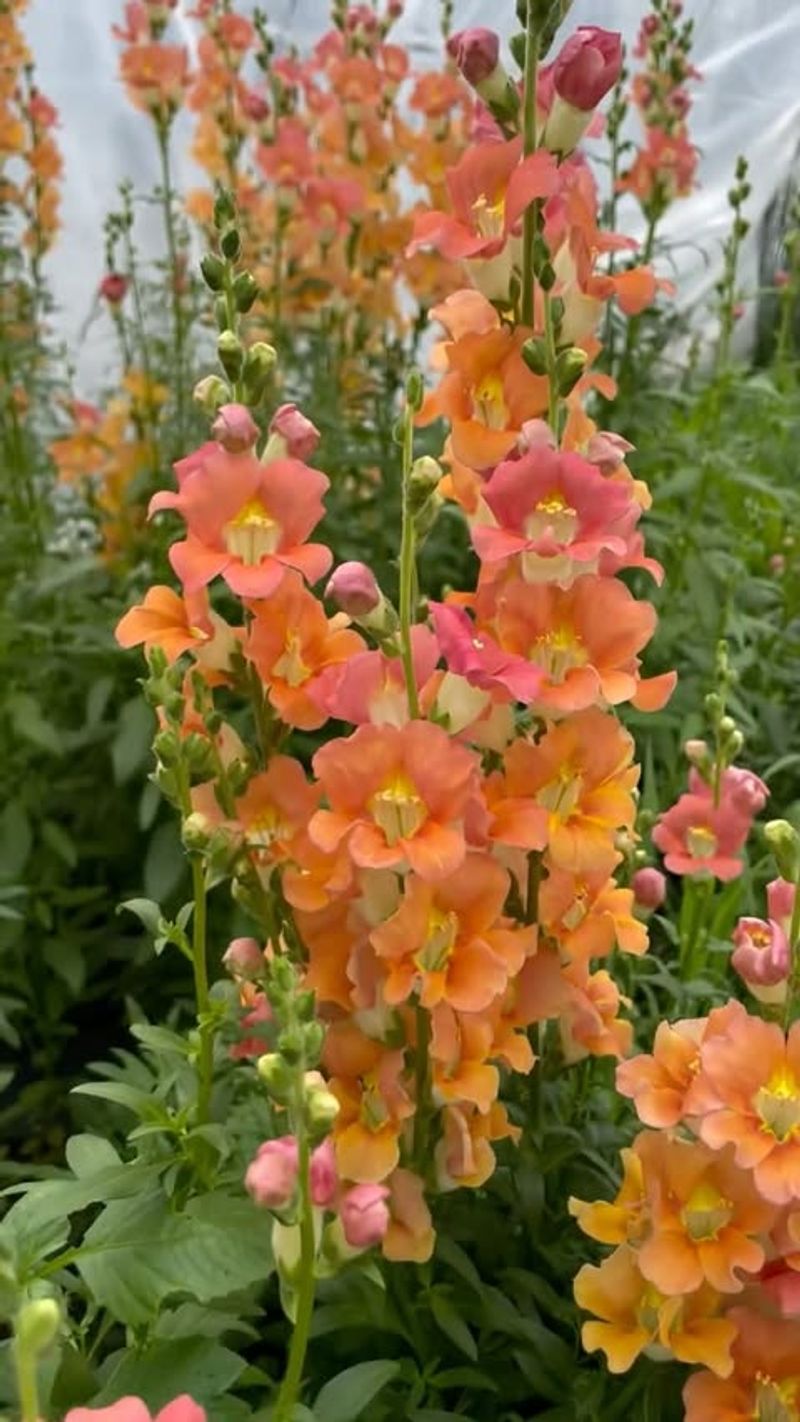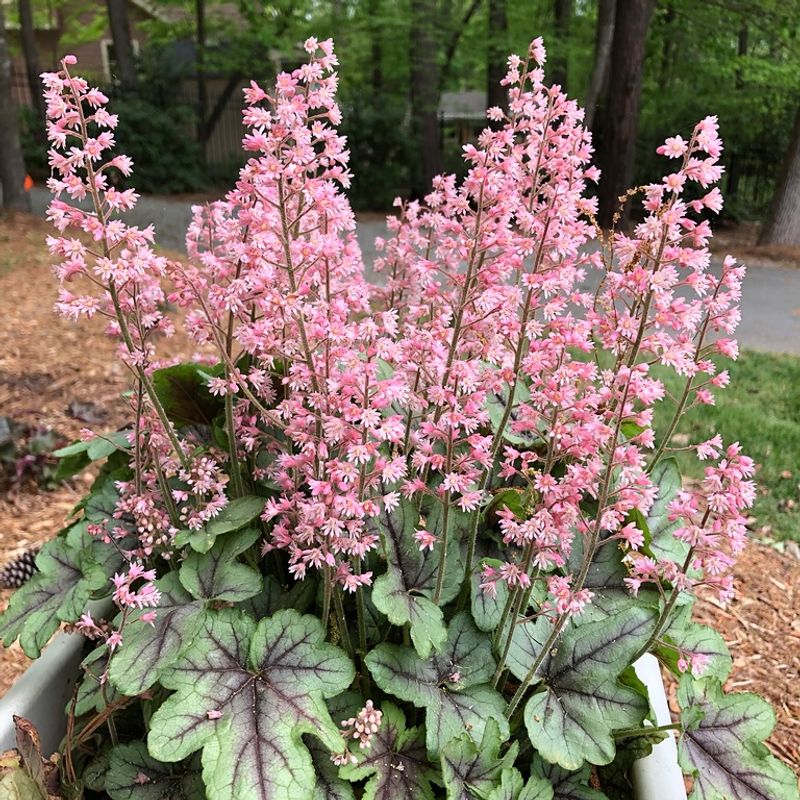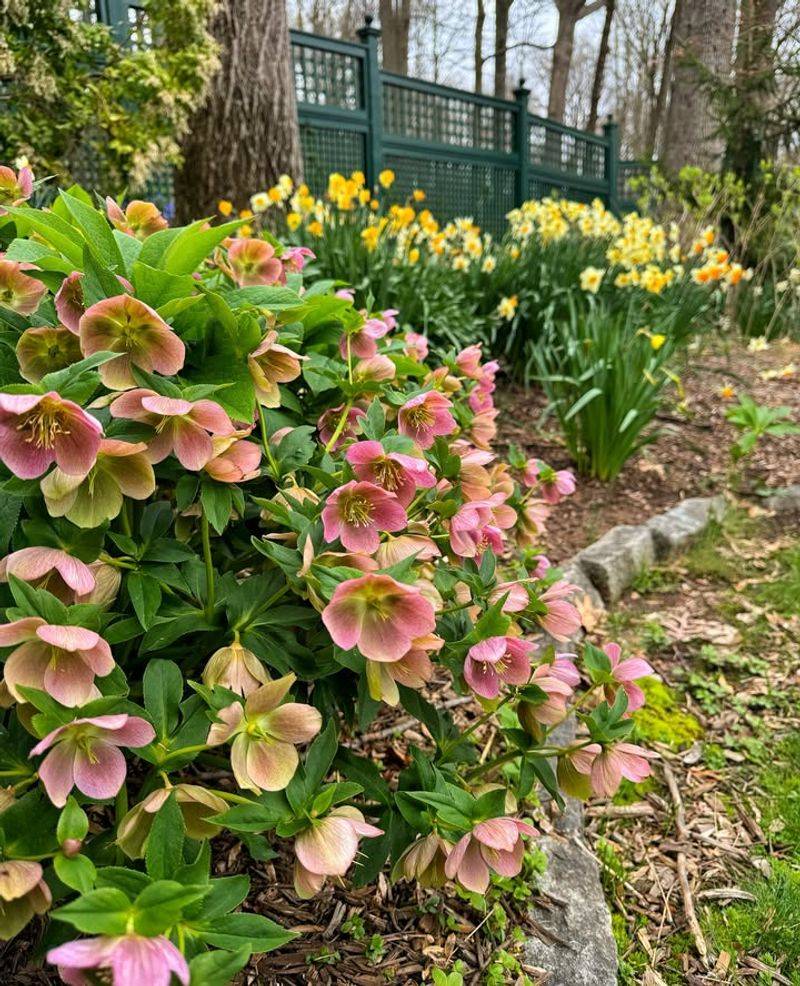Michigan’s fall weather can be full of surprises, with frosty mornings showing up earlier than expected. But chilly temps don’t have to mean the end of garden color. Some flowers are tough enough to handle the cold and keep blooming well into autumn.
They add life and charm to your yard even after most plants have packed it in. I’ve seen gardens stay vibrant deep into the season with just a few hardy bloomers. It’s all about choosing the right plants for Michigan’s unpredictable fall.
1. Pansies
These cheerful little blooms laugh in the face of cold snaps. Pansies can survive temperatures down to the low 20s, making them a staple in Michigan gardens throughout October and November.
Their bright faces come in nearly every color imaginable, from deep purples to sunny yellows. Plant them in containers near your front door or mix them into flower beds for pops of color that last.
Water them regularly and deadhead spent blooms to encourage even more flowers as autumn progresses.
2. Chrysanthemums
No Michigan fall garden feels complete without a few mums adding warmth to the landscape. These reliable bloomers handle light frosts with ease and come in rust, burgundy, gold, and bronze shades that perfectly match the season.
Hardy garden mums, when planted in spring, can even return year after year if mulched properly. They prefer full sun and well-drained soil to perform their best.
Pinch back stems in early summer to encourage bushier growth and more abundant blooms come September.
3. Asters
Pollinators adore these daisy-like flowers that bloom just when many other plants are fading. Asters are native to Michigan and incredibly hardy, shrugging off frosts while continuing to produce masses of purple, pink, or white blooms.
They’re perennials, so once established, they return reliably each fall without any fuss. Plant them in sunny spots with decent drainage, and they’ll reward you with weeks of color.
Cut back stems in late winter to keep plants tidy and encourage strong growth next season.
4. Sedum
Sedum ‘Autumn Joy’ earns its name by looking fantastic right through Michigan’s first frosts. The thick, succulent leaves store moisture, helping the plant stay healthy even when conditions turn harsh.
Flower heads start out pink in late summer, then deepen to coppery red as fall progresses. Even after blooming finishes, the dried seed heads add winter interest to your garden.
This low-maintenance perennial needs minimal water and thrives in full sun, making it perfect for busy gardeners who still want reliable beauty.
5. Snapdragons
Kids love squeezing the dragon-shaped blooms to make them “snap,” and gardeners love how tough these flowers are when temperatures dip. Snapdragons actually prefer cooler weather and can handle several light frosts without missing a beat.
They come in nearly every color except true blue, growing in tall spikes that add vertical interest to beds and borders. In Michigan, they often keep blooming until Thanksgiving if the weather cooperates.
Pinch young plants to encourage branching and fuller growth throughout the season.
6. Dianthus
The spicy, clove-like scent of dianthus adds a sensory bonus to its already impressive frost tolerance. These cottage garden favorites produce fringed blooms in shades of pink, red, white, and bicolors that keep going strong even when Michigan nights turn chilly.
Their blue-green foliage stays attractive all season, providing structure even between bloom cycles. Plant them in well-drained soil and full sun for best performance.
Many varieties are perennial in Michigan, returning faithfully each spring with proper winter mulching.
7. Calendula
Bright orange and yellow calendula flowers bring sunshine to Michigan gardens even on the grayest fall days. These cheerful bloomers actually thrive in cool weather and can survive temperatures down into the mid-20s without protection.
As a bonus, the petals are edible and make a pretty garnish for salads or soups. Calendula self-seeds readily, so you may find volunteer plants popping up in your garden next spring.
Deadhead regularly to keep flowers coming, and enjoy their old-fashioned charm throughout October and beyond.
8. Violas
Think of violas as pansies’ smaller, tougher cousins. These dainty flowers pack impressive cold tolerance into their petite frames, often blooming right through Michigan’s first snowfalls without complaint.
Their sweet faces come in solid colors or charming combinations, perfect for edging pathways or filling in gaps between larger plants. Violas spread naturally over time, creating cheerful carpets of color.
They prefer cooler temperatures and may even overwinter in protected spots, surprising you with early spring blooms before anything else wakes up.
9. Coral Bells
While tiny flowers appear on tall stems in summer, the real show comes from the foliage. Coral bells offer leaves in stunning shades of burgundy, caramel, lime, purple, and silver that look spectacular throughout Michigan’s fall season.
These shade-tolerant perennials handle frost beautifully and provide color even after most flowers have finished blooming. Their mounded habit works well in borders, containers, or woodland gardens.
Mulch around plants in late fall to protect roots during harsh winters and ensure healthy regrowth come spring.
10. Hellebores
Hellebores, often called the ‘Christmas Rose,’ are known for their enchanting winter blooms. With a history rooted in ancient mythology, these flowers thrive in cold climates, making them ideal for Michigan gardens. Their unique petals, which appear in late fall, provide vibrant splashes of color.
Hellebores are not only visually striking but also extremely hardy. They can withstand frosts that would wilt lesser flowers. This resilience adds a touch of magic to any autumn landscape.
Did you know? In folklore, Hellebores were believed to ward off evil spirits, adding to their mystical allure.


